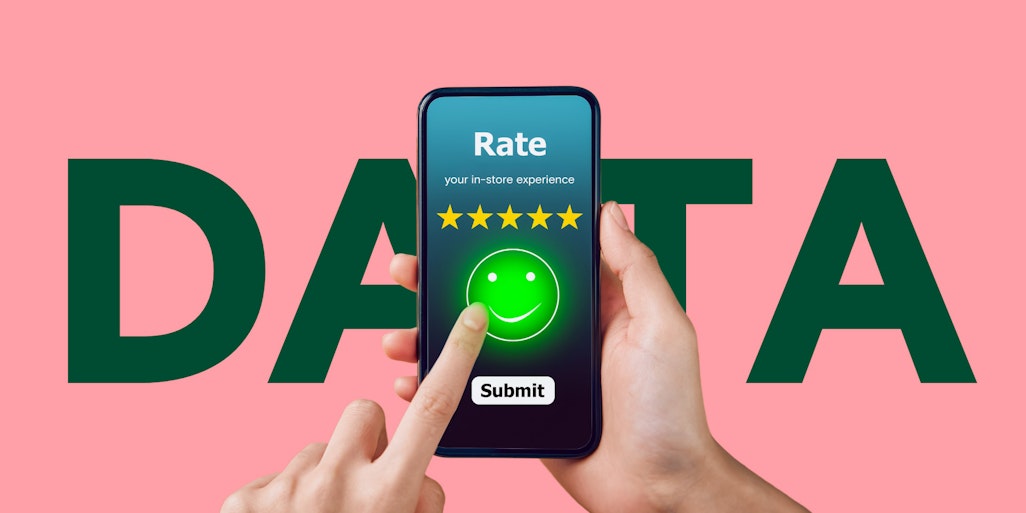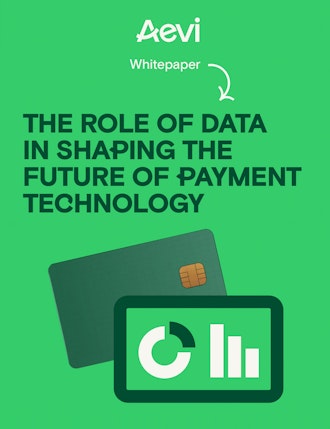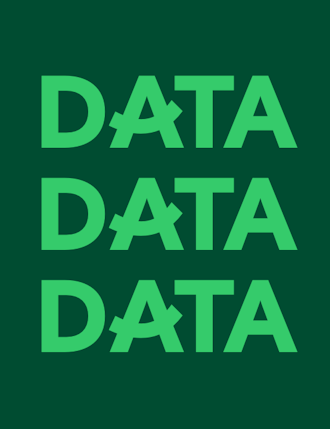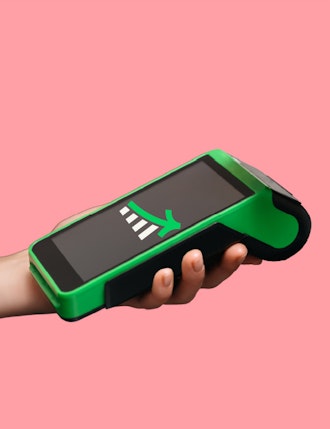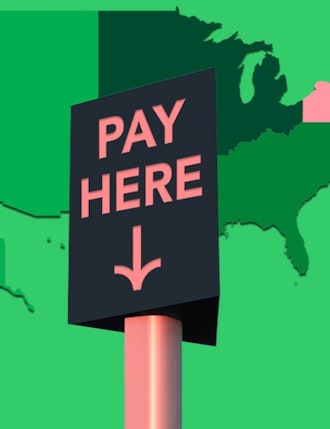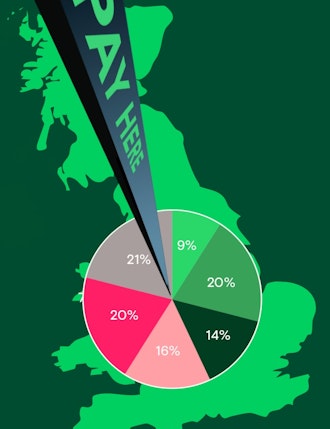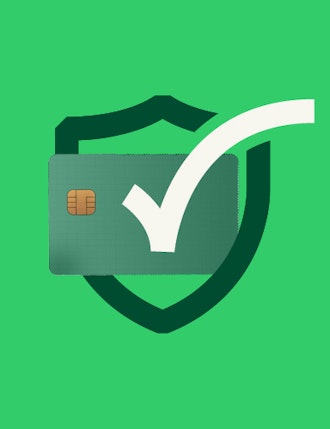The right payment platform will ensure your business collects data about your customers and their chosen payment methods. And when used correctly, payment analytics will help you improve the efficiency and performance of your business.
Here we’ll look at how.
What payment data can tell you
First, let’s look at the data you can gather. Collecting data on every transaction made by a customer in-person and across multiple locations, or online, will give you the following information:
- Payment types and methods: You’ll have detailed information on the methods all your customers use to pay. This could be with contactless card payments or Apple Pay for in-person transactions, or PayPal for online payments.
- Transaction amounts and values: You’ll know how much people are spending on average and during peak times for example.
- Transaction volume and velocity: This gives you key insights into how often people buy and when.
How to use payment data
So, how can your business use this information to your advantage? Let’s take a look.
Identify common payment methods
You can use payment data to understand the most popular types of payment methods for your customers. This can help you make decisions to make your business more efficient – for example, if your customers are paying with their smartphones, this shows that there is a clear preference for mobile payment options and a shift away from paying with cash or card.
Once you have identified that customer are choosing mobile payment options, the next step is to understand which mobile payment methods customers are showing a preference for. Are they using near field communication (NFC), QR codes or mobile apps and do your payment systems cater for these preferences? You should also consider how these integrate with loyalty or customer reward programs that and how payment systems could help to facilitate and improve uptake of these.
If you’ve recently introduced self-service payments and you’ve seen a spike in customers using them, there is an opportunity to invest further in this technology – this also helps you make efficient staffing decisions.
Identify payment trends across multiple channels and locations
If you’re running multiple locations, your payment analytics will help you identify payment trends across different locations. You may find that people in cities prefer to use contactless or smartphone payments. It may be that customers in other locations opt to use self-service payments.
By understanding your different customers in different locations, you can better set up each store and allocate the right resources to each.
Optimise your in-store experience
Say you operate a retail store. If you know that Apple Pay or contactless card payment is your chosen method of choice, you may consider bringing softPOS into your stores.
SoftPOS enables merchants to take payments on smartphones or other enabled devices. Payment is taken from contactless cards or from smartphones (from wallets like Apple Pay, Android Pay or SamsungPay). You don’t need a POS terminal – the only requirement is that the smartphone or other device is Near Field Communication (NFC) enabled.
With softPOS, your staff can go into the store and take payments directly from customers – this removes the need for customers to even queue up to pay for their items. Your staff can also offer product recommendations by linking the device to your inventory management and customer relationship management software.
By understanding the payment data in the first place, you can make better decisions to boost the in-store experience for customers.
Accurately define peak times
You may think you know your peak times – you can judge it by seeing how many people are in your store or on the shop floor. But by looking at your payment data, you’ll know your peak times by how many people are purchasing and their average order value at these times. This will help with staffing decisions across your locations.
Drive your marketing efforts
If you’re using payment analytics to measure factors like your average order value (AOV) or basket size, you can use this data to improve your marketing. By running different offers and promotions, you can track how this impacts your AOV – this information enables you to optimise your website to entice online shoppers to purchase more products.
You can also use this information to optimise the placement of certain products in your store – by placing smaller items closer to the payment terminals for example.
Improve the omnichannel customer experience
By connecting all the dots across your customer payment landscape – whether in-person payments, online payments and social media payments – you collect more data about your customers. This in turn enables you to offer more personalised experiences (both online and offline) – this could be product recommendations or offers for example.
This type of approach resonates better with customers, which can improve both customer satisfaction and customer retention for the long term.
Securing the payment data to boost your business performance
At Aevi, our platform provides the payment orchestration and the integration for in-person payments, tying in-person payments in with e-commerce. Crucially, we enable you to collect customer data right across the payment mix – whether online or offline and across all available payment methods. With the data at your fingertips, you can make real-time decisions to boost the performance of your business and better serve your customers.
Discover more about our platform and what it can mean for in-person payments.
Interested in reading more around this subject? Here are some useful articles…
